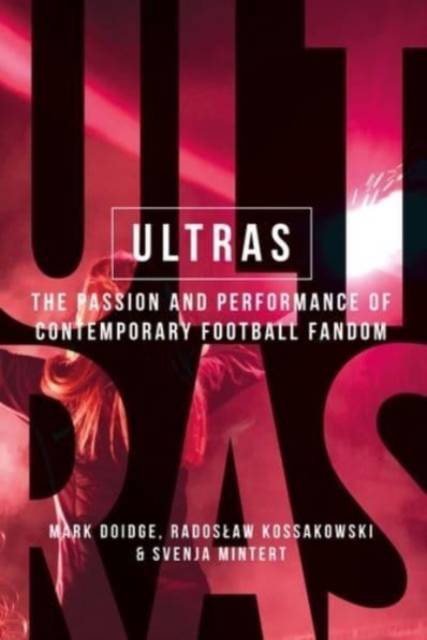
- Afhalen na 1 uur in een winkel met voorraad
- Gratis thuislevering in België vanaf € 30
- Ruim aanbod met 7 miljoen producten
- Afhalen na 1 uur in een winkel met voorraad
- Gratis thuislevering in België vanaf € 30
- Ruim aanbod met 7 miljoen producten
Zoeken
Ultras
The Passion and Performance of Contemporary Football Fandom
Mark Doidge, Radoslaw Kossakowski, Svenja-Maria Mintert
€ 29,95
+ 59 punten
Uitvoering
Omschrijving
Ultras are the most prominent form of football fandom in the 21st century, from their origins in Italy in the 1960s, this style of fandom has spread across Europe and then across the globe. This book provides the first European-wide monograph on the ultras phenomenon.
Specificaties
Betrokkenen
- Auteur(s):
- Uitgeverij:
Inhoud
- Aantal bladzijden:
- 232
- Taal:
- Engels
- Reeks:
Eigenschappen
- Productcode (EAN):
- 9781526163714
- Verschijningsdatum:
- 12/04/2022
- Uitvoering:
- Paperback
- Formaat:
- Trade paperback (VS)
- Afmetingen:
- 156 mm x 234 mm
- Gewicht:
- 331 g

Alleen bij Standaard Boekhandel
+ 59 punten op je klantenkaart van Standaard Boekhandel
Beoordelingen
We publiceren alleen reviews die voldoen aan de voorwaarden voor reviews. Bekijk onze voorwaarden voor reviews.








